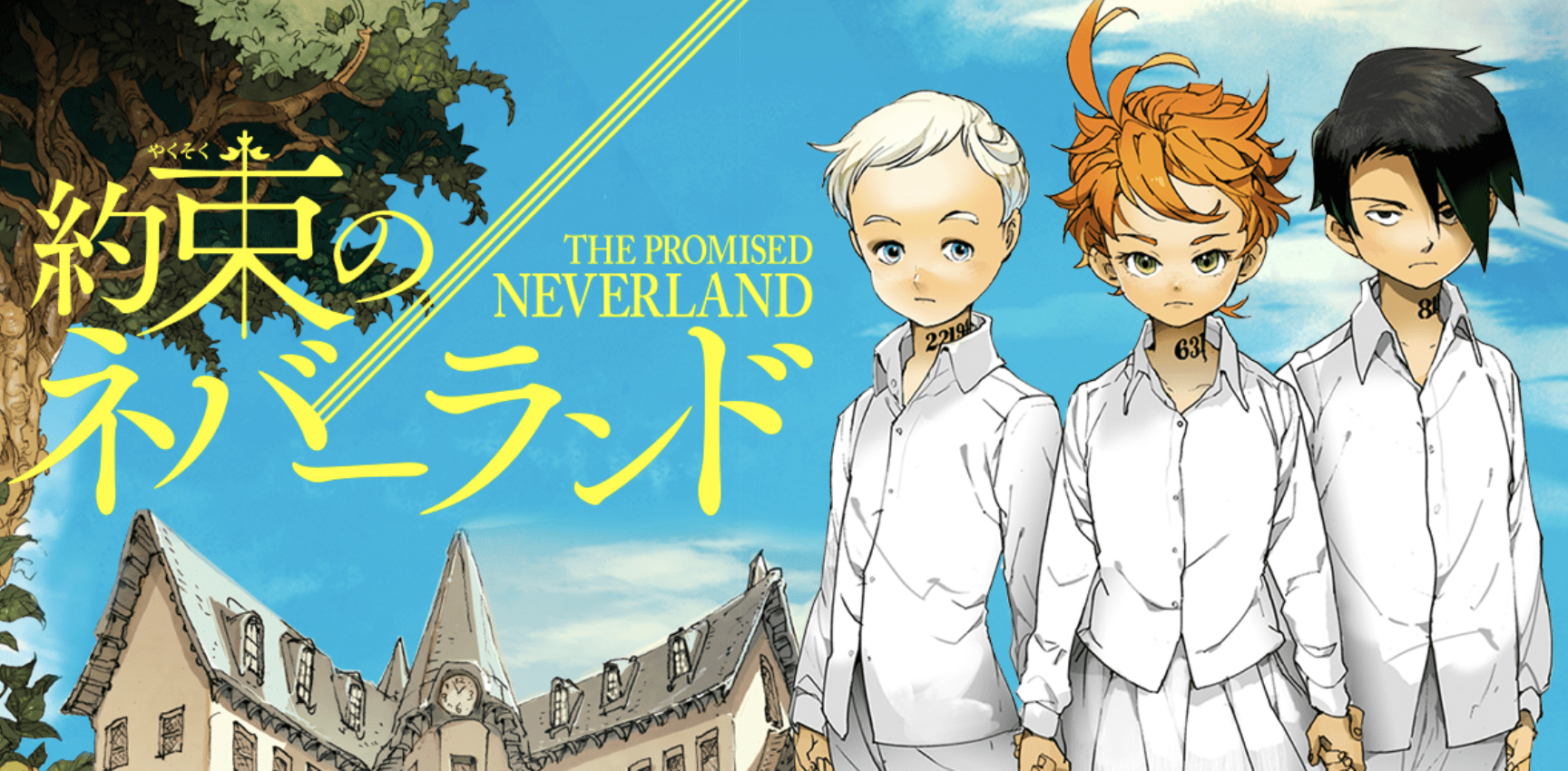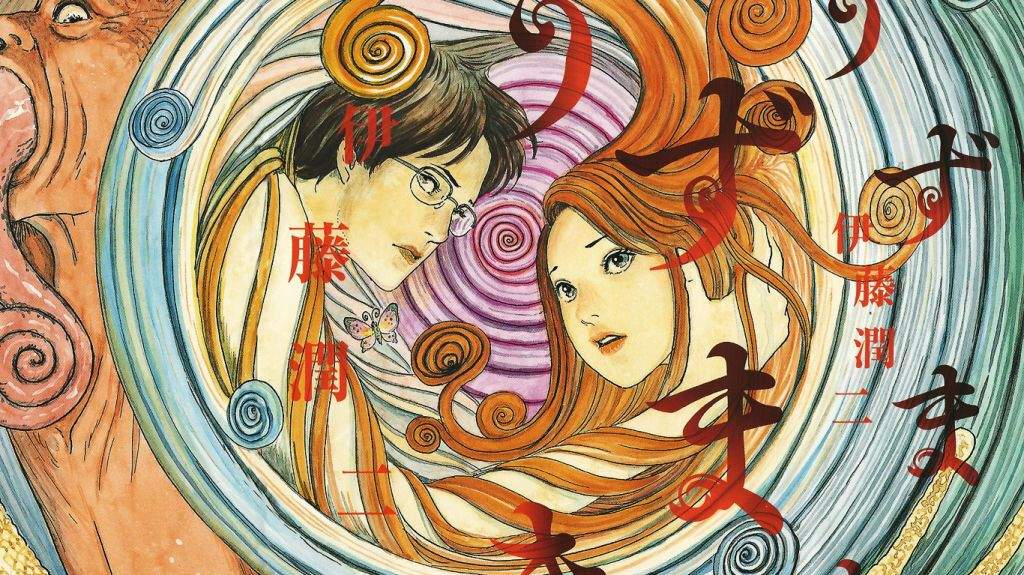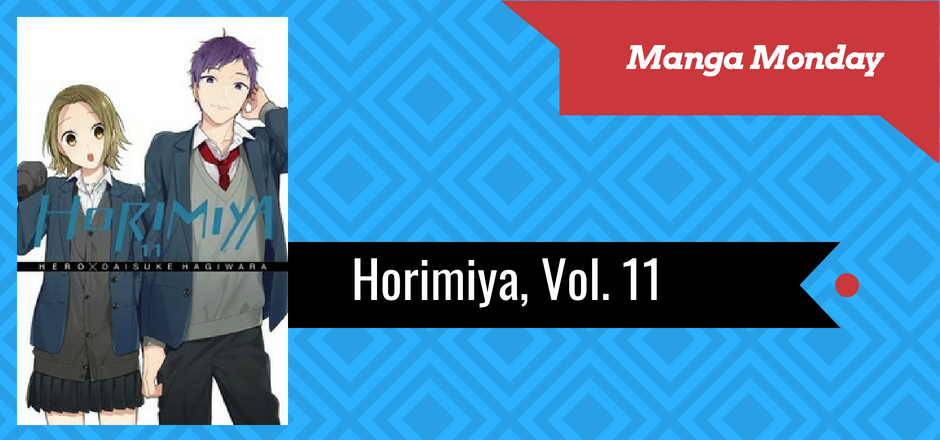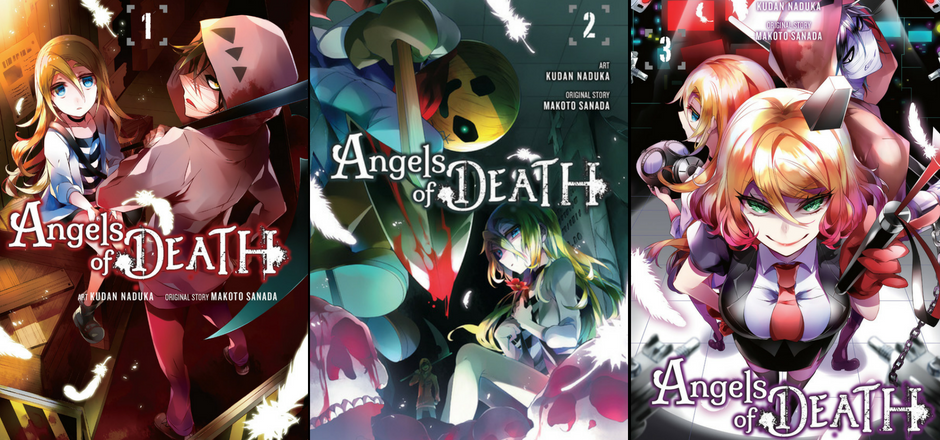In a land haunted by monsters, Adlet Meyer’s been chosen as one of six heroes to save the world from destruction. But when he heeds the call for the heroes to gather, everyone is shocked to discover that there aren’t six heroes—there are seven. Someone must be a traitor, an enemy sent to spy on them, but who is it?
Rokka: Braves of the Six Flowers is one of those series that I desperately want to like more than I do. My introduction to the title was through the anime adaptation, which premiered during the 2015 summer season. I liked it well enough—it’s not often you find an Aztec/Mayan inspired fantasy, at least as far as a visual setting—but ultimately found it lacking. I was hoping the manga—written by Ishio Yamagata and illustrated by Kei Toru—would clarify certain elements of the story and fill in the gaps my adventure-loving, plot-obsessed soul longed to see filled.
Unfortunately, the manga is weaker than the anime, and in some ways even more confusing. I won’t be making many comparisons in this review, but it you’re interested in the series, this is one that’s easier to watch than read, at least based on my experience with Volume 1.
Despite the proposed complexity of Rokka’s storyline, Volume 1 does not provide the worldbuilding in needs to hook the reader. In fact, it sucks. The series begins by jumping into the action: Adlet has been chosen to be one of the world-saving Braves and tries to link up with five others that have been chosen.
What follows is a hot mess of rushed plot points and lazy character introductions and development. The characters end up gathering together without much work, and somehow half of them already know each other without much explanation as to how. There’s even a scene where Adlet literally asks the other characters to tell their stories in an attempt to get to know one another, and volunteers to start. In the next panel we see him finishing up his story, without any of the story given to the reader!
Part of this volume’s problem comes from the fact that the reader isn’t given enough info about the Braves to begin with. We know what they’re supposed to do, but lack the kind of details that make you want to dig into the world and not let go: how they’re chosen, how often, what being a Brave actually means and what kind of powers it gives the chosen ones.
The Braves are often referred to as “Saints,” as in “Fremy, the Saint of Gunpowder,” but there’s no limit to what these titles mean or the powers that come with them. It makes it difficult to know why the Braves themselves are so special and how they fit into the world’s hierarchy of powerful people. It’s information that might be delivered later on, but should have been at least alluded to in this volume when it could have been used to help guide the reader into knowing how they should feel about this group of individuals.
As for the characters, Rokka operates on a party system, with each character providing a different personality and power, with focus on Adlet and Fremy’s relationship. Adlet is the cocky and underestimated protagonist, and Fremy the mysterious frenemy. Their opposite personalities as outsiders make for an endearing team, and it’s hard not to root for them even as you’re desperately trying to follow along with what’s going on.
As for the artwork, Toru’s illustrations are simple to follow, the character designs unique and easy to identify. Humorous and frustrated character expressions breathe life and personality into the characters the writing doesn’t tell us about. Fremy’s “I’m so 500% done with you” facial expressions when she’s with Adlet are the best.
Despite my complaints about the first volume as an introduction to the series, there’s still something extremely compelling about the plot. The mystery is anxiety provoking, and there’s little to no hint given to help you guess who the traitor among the group is. But if you’re a reader that craves Naruto or Fullmetal Alchemist-level world building, then you’d do best to pass on this series, at least for now. Maybe, with enough chapters translated, we’ll be able to ground ourselves in the world well enough to enjoy the plot.
Story: 2.5 out of 5 stars
Art: 4 out of 5 stars
Overall: 3 out of 5 stars
Goodreads | Indiebound | RightStuf
This review contains affiliate links. While Girls in Capes does make revenue from purchases made at affiliate links, reviews are not paid, and all reviews contain the staff writers’ honest opinions of the work.







